There are three editors that we analyse for podcasting in this podcast episode ranging from free all the way to pay monthly.
Free Audio Editing Software Options for Podcasters
Audacity
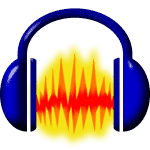
Audacity is a great and popular free option when you’re just starting a podcast and want to be able to make basic edits. It can be a little complicated to learn but I may be saying that as I’m already used to one workflow in another audio editor and I needed to go through a re-learning process when I use Audacity.
There are not many official tutorials online for Audacity which can make it harder to master initially. Good news is that it is cross-platform compatible and works on Mac, PC and even Linux. I have also created a number of tutorials for beginners here.
Audacity does everything you need to podcast including having compression presets and basic noise reduction. There is also a basic layout on the screen and you can “multitrack” so to speak which means mixing two different tracks of audio together. It may take longer to do certain processes that you can automate in other software.
GarageBand

This, again, is free but you’ve got to have a Mac! I love the pretty layout and it even comes with templates designed for podcasters by Apple. If anyone knows how a podcast should sound and the required workflow and track layout it certainly should be Apple.
GarageBand, without doubt is the most beautiful of all the audio editors I’ve seen. It feels like you are moving a living work of art around on the screen instead of just plain old pixelated waveforms.
The sound effects and musical loops included can be used in a podcast free of charge and without copyright worries. You should be careful though as your podcast won’t sound unique – many of the loops will sound familiar and be heard on other podcasts!
GarageBand falls over a little on the granular detail and editing and processes such as noise reduction. I have a set of tutorials for Garage Band here.
Best Paid Audio Editing Software for Podcasters
Adobe Audition
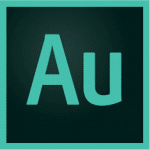
There is no hiding it – I am a huge Adobe Audition fan – I can honestly say that I’ve not used a better piece of audio editing software.
You pay monthly for a single app subscription or (this is my preferred plan) pay for the full Creative Cloud package. This will give you access to other fantastic software such as Photoshop, Dreamweaver and Premiere Pro to name a few.
Adobe Audition has world class noise reduction features. As podcasters we sometimes get noise in the mix that can easily be fixed in Audition. It’s easy to edit in tiny detail and the multitrack is super user friendly when you want to mix multiple files and reduce the volume of, for example, a music bed.
Adobe Audition may seem overwhelming at first but, as podcasters, we really use only a few features the most and it also has an excellent MP3 encoder! Yes, the quality at which you save your MP3 file is important. Once again my YouTube channel will come in handy with many regular tutorials appearing weekly.
Presets For Adobe Audition
Because Adobe Audition is increasingly gaining on popularity with podcasters I have been asked to share my workflow when editing podcasts here at Music Radio Creative. This is how Pro Podcast Presets came to be. Now used by thousands podcasters in their workflow, saving you both time and money!
What audio editor do you use for podcasting?
Outsource Podcast Editing All Together
If you would like to focus on content creation rather than the nitty gritty of post editing, consider working with pros! Our team at Music Radio Creative helps podcasters, podcast networks and organisations with podcast editing and podcast production. We assign a specific podcast producer to your podcast and guide you each step of the way. It’s hustle free way to get your podcast editing done FAST and PROFESSIONAL.
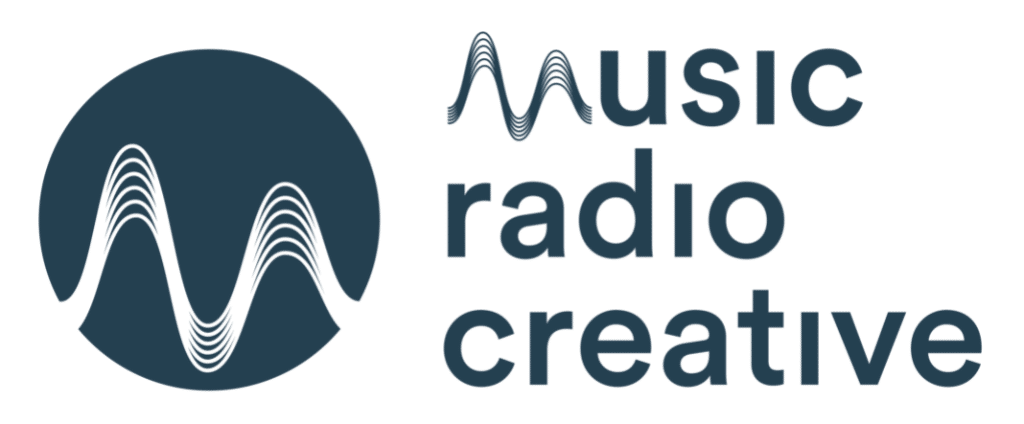
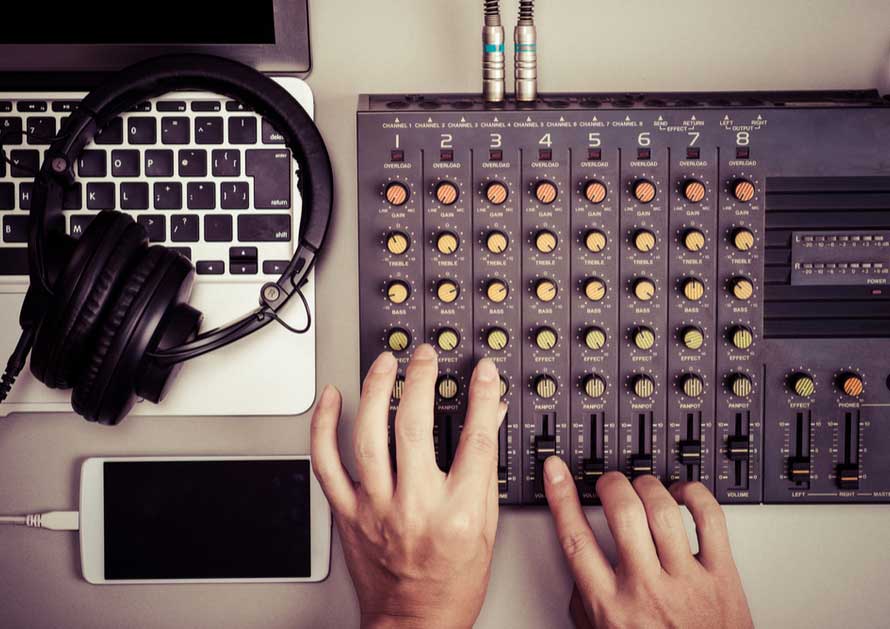
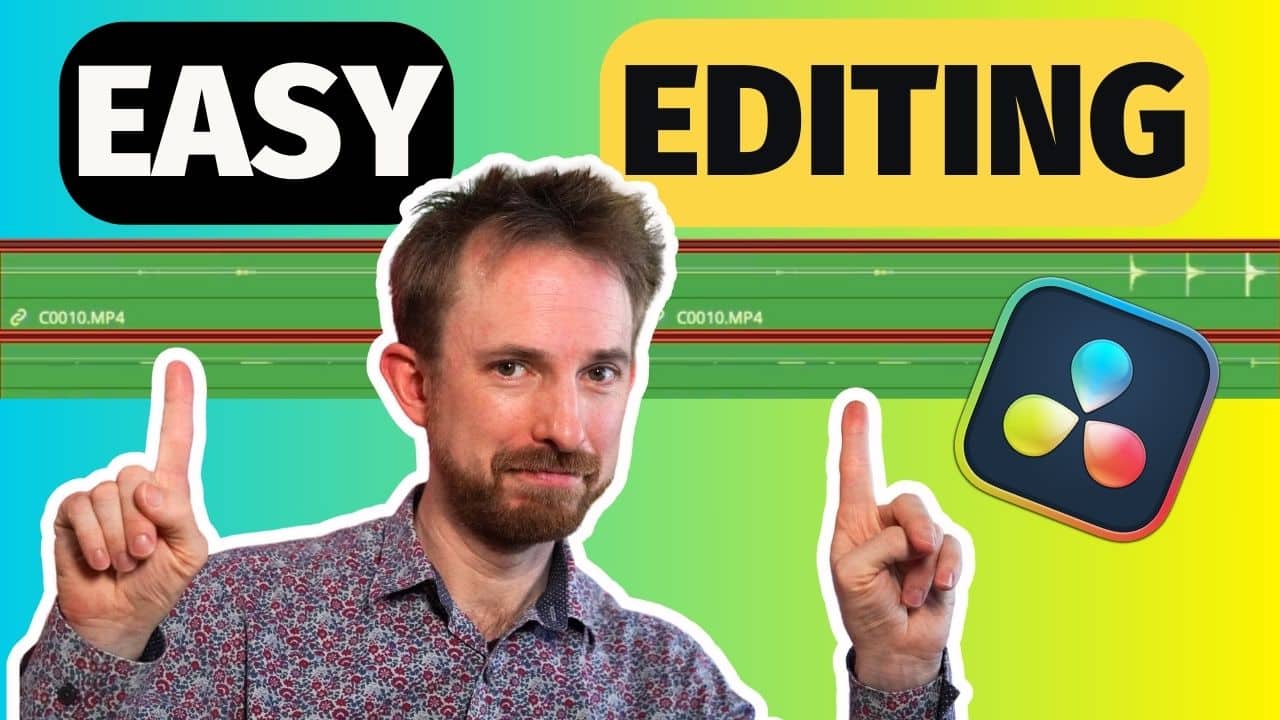

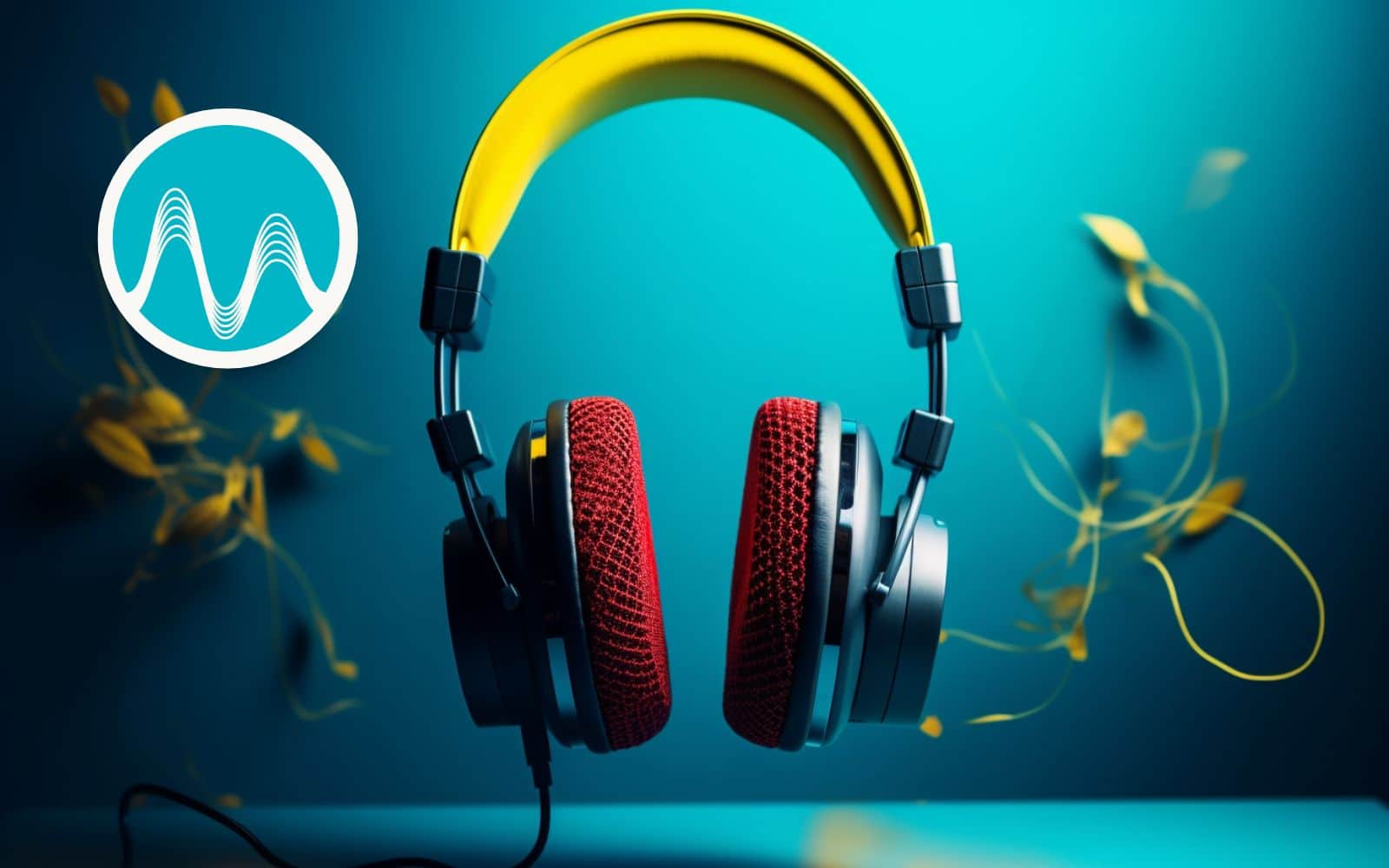
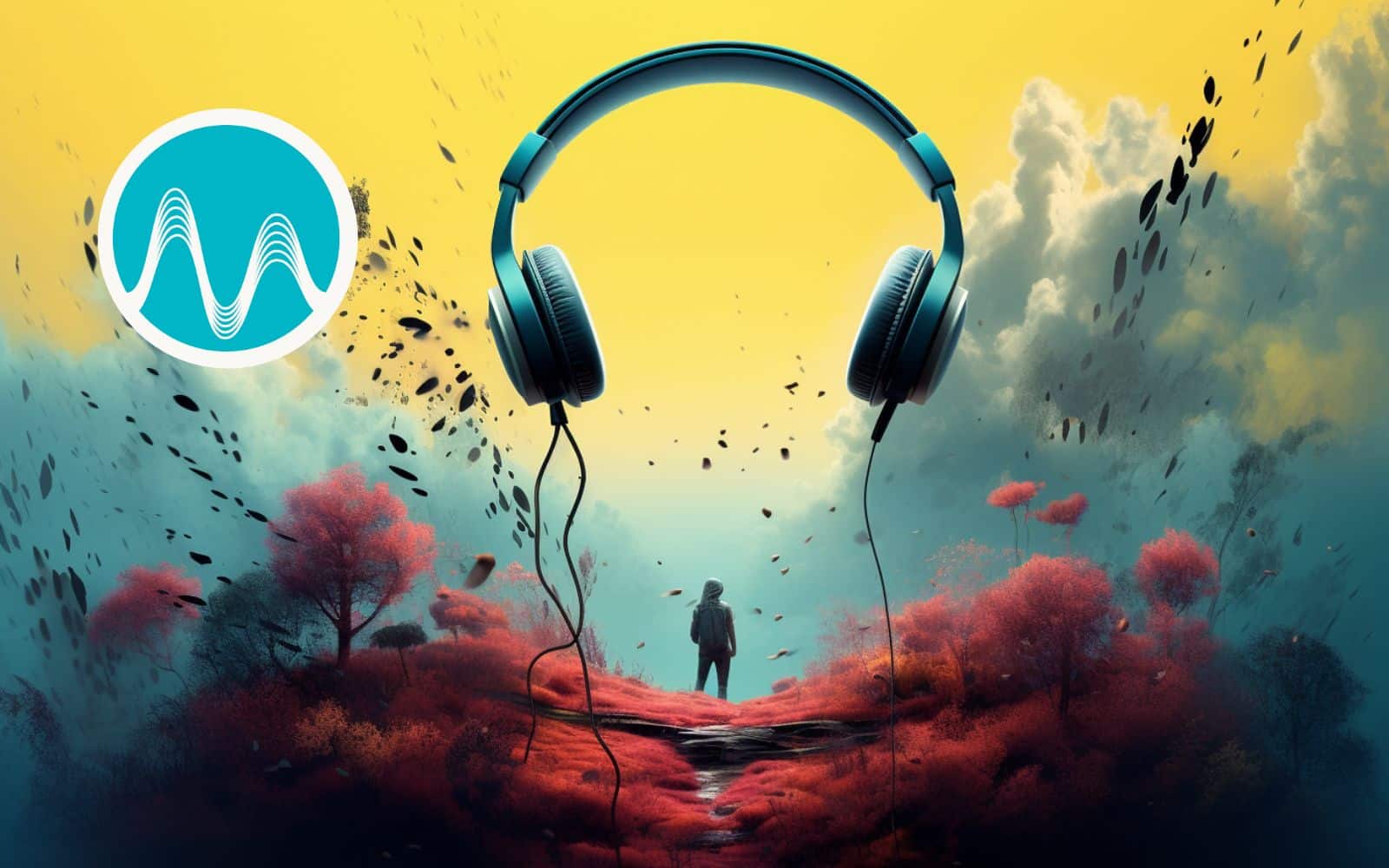
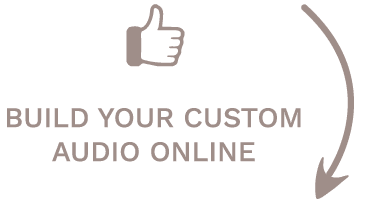





Garageband because it’s free and easy to use. Although it is as you say delicious to look at, it does feel very “consumery”.
Thanks for listening Neil and I couldn’t agree more on the ease of use. I’ve even had a play with modifying the music loops in there – always great fun to play with 🙂
I use Audacity, but my needs are very simple for voiceover work. You can zoom in to the sample level if needed to correct something. I find that I do a lot of my editing in the spectral view (spectrogram). I can make a cut or just use “Notch Filter” to remove a part of the sound. I think there are a TON of tutorials on Audacity online. Many are geared toward teachers who can use it for class projects. The biggest problem I see is that they are often repeating the same simple information. Not many go into more advanced topics.
Great thoughts on the current state of Audacity tutorials, Ron. It’s also interesting to hear that you use it for voice over work too. Thanks for reading and listening!
Audacity is good at what it does, it’s free & so will suit most people, but it lacks one very important thing … Workflow.
As a freelance Audio Engineer & Podcast Producer I have to turn professional software & for me that had to be dedicated editing software & a DAW.
Most DAW’s are a much of a muchness, I think it really comes down to what you are use to using. So for me it’s CuBase because with 20 years experience with it, it becomes second nature. I do all my production & mastering in CuBase, as well as using it to record all my music.
The most important tool in my work is the editing software, not a day goes by where I’m not using it. So for me it had to be what I think is the best, by far … Sony Sound Forge Pro. It has become an extension of my hand in a way because it just speeds everything up. On top of that the tools built in within it are simply indispensable, they have salvaged audio from clients that you would never think usable.
Thank you very much for the considered feedback Mark. I really appreciate you taking the time to share your thoughts on Cubase and Sony Sound Forge Pro. I certainly agree with your point about having years of experience with one particular DAW – makes the difference!
Very good point about seeing sound. When I’m teaching the skills of audio editing it is one of the areas that can help speed up the editing process, alongside workflow and shortcuts. Understanding how the wav form looks for different sounds from plosives to doors opening is neat. You get to a point where you have script in front of you and you can tell what the word is from the shape of the waveform – Anorak indeed!
Nice length of podcast too!
Love this. Thanks for listening Kevin!
hi
sorry my english is poor
but is Anorak a software?
I use Hindenburg Journalist for everything at this point. Unlike most of the others, it is not designed for music. Many of the miscellaneous tools and features primarily used by musicians are eliminated, but all of the essential functions for audio storytelling remain. It is a phenomenal piece of software for radio and podcast usage.
Thanks for listening and sharing your software Christopher. It looks like a smart package!
Regarding Adobe Audition, you say, “as podcasters, we really use only a few features the most…” I primarily edit spoken word, and find those same features are in Audacity, for free.
Cool Article! Well said!
Just some info. There is the other option many successful Podcasters take advantage of. They focus mostly on creating great content for their audience and hand over the editing and enhancement to professionals. Unwanted elements like breaths, pauses, gaps, coughs, noise and stuff that distract the flow of the audio can be removed and the sound can be enhanced. All this gives a better overall sound for the audience. With some research you can find very god rates. http://www.AudioBag.com are good and also http://www.e-AudioProductions.com have really good rates and fast turnaround.
Cheers
Just trying podcasting, and have some experience with Beautiful Audio Editor. Any thoughts between this and audacity? Just wanted some thoughts thanks.
hi
i really like audition cc is a great software
but i use wavelab 9 , it’s really amazing